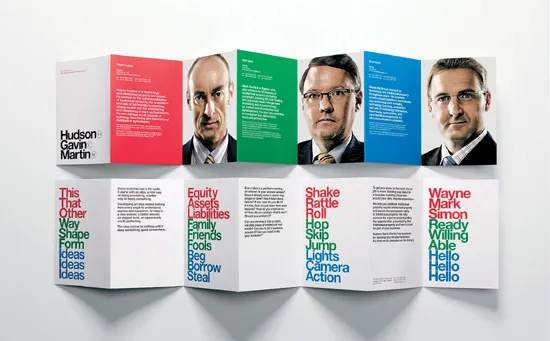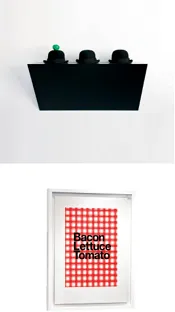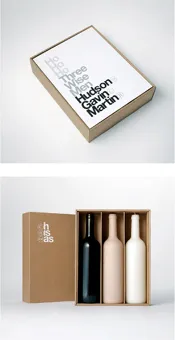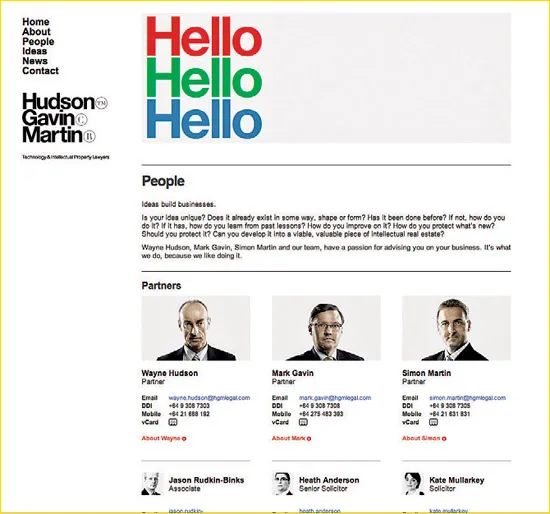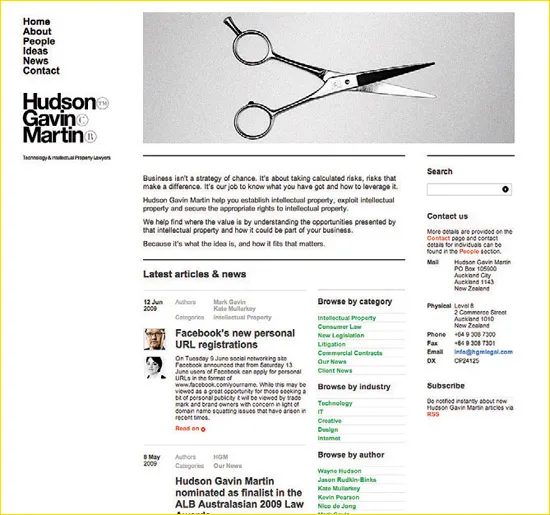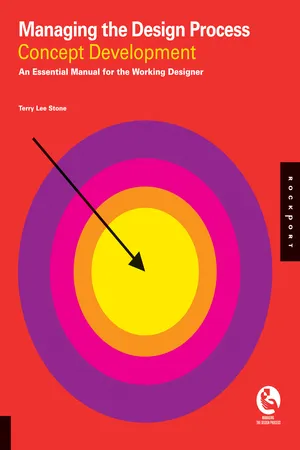
eBook - ePub
Managing the Design Process-Concept Development
An Essential Manual for the Working Designer
- 208 pages
- English
- ePUB (mobile friendly)
- Available on iOS & Android
eBook - ePub
Managing the Design Process-Concept Development
An Essential Manual for the Working Designer
About this book
This book illustrates the point where theory meets practice in the design studio environment. This book examines design management concepts and methods in real-world applications. Unlike other books on design management, this book is visually stunning, featuring many image-rich case studies to illustrate the fundamentals of design management in a way that speaks to a design audience. The information is not something that is typically taught in design (or business) school—it's learned on the job, making this an invaluable reference for designers.
Frequently asked questions
Yes, you can cancel anytime from the Subscription tab in your account settings on the Perlego website. Your subscription will stay active until the end of your current billing period. Learn how to cancel your subscription.
No, books cannot be downloaded as external files, such as PDFs, for use outside of Perlego. However, you can download books within the Perlego app for offline reading on mobile or tablet. Learn more here.
Perlego offers two plans: Essential and Complete
- Essential is ideal for learners and professionals who enjoy exploring a wide range of subjects. Access the Essential Library with 800,000+ trusted titles and best-sellers across business, personal growth, and the humanities. Includes unlimited reading time and Standard Read Aloud voice.
- Complete: Perfect for advanced learners and researchers needing full, unrestricted access. Unlock 1.4M+ books across hundreds of subjects, including academic and specialized titles. The Complete Plan also includes advanced features like Premium Read Aloud and Research Assistant.
We are an online textbook subscription service, where you can get access to an entire online library for less than the price of a single book per month. With over 1 million books across 1000+ topics, we’ve got you covered! Learn more here.
Look out for the read-aloud symbol on your next book to see if you can listen to it. The read-aloud tool reads text aloud for you, highlighting the text as it is being read. You can pause it, speed it up and slow it down. Learn more here.
Yes! You can use the Perlego app on both iOS or Android devices to read anytime, anywhere — even offline. Perfect for commutes or when you’re on the go.
Please note we cannot support devices running on iOS 13 and Android 7 or earlier. Learn more about using the app.
Please note we cannot support devices running on iOS 13 and Android 7 or earlier. Learn more about using the app.
Yes, you can access Managing the Design Process-Concept Development by Terry Stone in PDF and/or ePUB format, as well as other popular books in Design & Graphic Design. We have over one million books available in our catalogue for you to explore.
Information
Chapter 1
Applied Creativity

Creativity in a Business Environment
Design is a process, a service, a way of thinking, and an activity that results in objects, systems, artifacts, and outcomes. These results must all work aesthetically, functionally, and commercially. In short, design is applied creativity.
Design is not just for designers. At the very least, it involves a client—someone with a problem, goal, or objective—who engages the designer to provide solutions or meet needs. Design can serve a person, company, product, service, or idea. The client usually has someone they are directing these efforts toward—a customer, community, or audience, and it is typically commissioned by one person, but intended for another. According to AIGA, the professional association for design, “The act of designing is an inherently powerful act. In that act, we share the stage with CEOs, government officials, civic leaders, passionate activists, and fellow citizens.” Getting a handle on the collaborative nature of design required to deal with all these variable factors is no small task.
The Design Council UK says, “Good design is a quantifiable benefit, not a cost. Its value can be measured economically, socially, and environmentally.” Design is a balance of many factors, some objective and some subjective. Clients’ business or organization requirements, technical parameters, cost and time constraints, are all measurable and objective things. While aesthetic preferences, interpretations of design elements like color and form, emotional reactions, and cultural influences are all subjective.
Everything manmade is designed by someone, so it makes sense to consider exactly how and why things are designed. Every business’ requires a designed identity, environment, business papers, sales and marketing materials, and a website. It’s inevitable. Recognizing this and investing in a great design, rather than letting it just happen, is a key ingredient in every successful business.
More and more, clients recognize the value of design. But not every client really understands how to work with a designer. Getting the best out of their design consultants, participating in the process, and effectively interacting with creative people takes practice. Some clients do it over and over. There are individuals who are tasked with this job in large organizations. Small business owners may hire a designer once and rarely after that, simply maintaining the design they started with.
Many designers have trouble managing the design process on their end as well. They have trouble planning and implementing. There are myriad details to deal with, and lots of personalities—from clients to design team to outside suppliers. When you boil it all down, the actual creative act of ideation, is about thirty percent of the project, with seventy percent of the time dealing with issues of facilitation, communication, technology, relationships, expectations, technical specifications, manufacturing, etc. In short, any given job will be largely dealing with management of the design process.
Defining Design’s Power Role
Everything, but especially communication, is becoming increasingly complex. Things change so rapidly due to technology and new ways of interacting as human beings. It had given us more connectivity, but in many ways, less time to enjoy it. Plus product life cycles are shorter, and there is increased competition and a much higher demand for productivity and quality. There is also simply so much competition for everyone’s limited attention. We may have become multitaskers, but you have to wonder how well any of us is accomplishing the task at hand. With increased capabilities there are also increased expectations; therefore, there’s no feeling of ever really “advancing.”
The power of design is that it helps us to rise above these conditions and gets people connected with products and services in real and meaningful ways. Some things clients can expect design to help them accomplish:
• Establish or improve an image
• Identify them (clearly show who/what they are)
• Articulate the brand, its mission, and promises
• Differentiate them, make a product or service stand out from competitors
• Alleviate uncertainty and confusion in the marketplace
• Understand and track performance against competitors
• Boost aesthetic appeal
• Cut through overwhelming amounts of information
• Properly position the product or service
• Develop targeted message
• Package a product or service
• Communicate the benefits and advantages of a product or service
• Establish or improve customer connections/relationships
•...
Table of contents
- Cover
- Title Page
- Contents
- Introduction
- The Design Process
- Chapter 1: Applied Creativity
- Chapter 2: Big Goals
- Chapter 3: Design-Centric Research
- Chapter 4: Strategic Thinking
- Chapter 5: Informed Risk Taking
- Chapter 6: Creative Briefs
- Chapter 7: Aesthetic Considerations
- Chapter 8: Managing Expectations
- Directory of Contributors
- Index
- Bibliography
- Resources
- Acknowledgments
- About the Author
- Copyright Page

